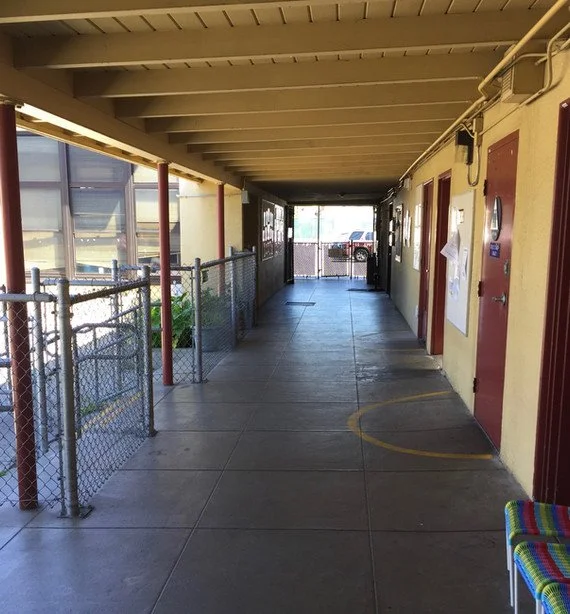Once More to the Starbucks
May, 2019
It’s 11 AM. I enter the Starbucks on Webster street in Alameda. I have been spending 90 minutes here once or twice a week for the past 10 months. Today will be my final visit.
My coaching contract with Woodstock Child Development Center, Alameda Unified School District ends today. Since last summer, I have been advising each of the classrooms to promote quality teacher-child interactions and responsive curriculum.
We make plans using a well-known framework; I capture video of the teachers putting their plan into action with children; we reconvene to review the footage and reflect on implementation. I capture video in the morning and we review it in the afternoon. In between, I repair to the Webster Street Starbucks, consume a turkey pastrami Rueben and a Grande Comfort Tea and edit video, at least until the end of today.
I have mixed, strong feelings at the end of a coaching relationship. I like coaching because it allows me to develop ongoing relationships with teachers, children and programs – many of the things I loved about being a preschool teacher. But I’m ultimately just one of many adults who come and go. The children are often unsure who I am or what I’m doing there. And my last session can come and go quietly, with no closure.
It leaves me with questions: What did I do for this program? How well did I see and hear them, and respond to their real needs? Why was I brought in? Did I serve that purpose?
I think about these questions at Starbucks. I have learned over time that, behind the uniform trappings, each Starbucks is a unique part of its community. The staff are locals. As I watch them over the months, I see not only their personae and styles, but their relationships to each other and the customers.
This Starbucks is located kitty corner to the College of Alameda, whose student body comprise much of the clientele. I have come to recognize them – the trios and quartets who turn up at mid-day and, like me, use the shop as an extension of home and office. They reflect the rapid shifts in the island population, particularly the influx of families from Ethiopia and Mongolia.
Like their neighbors behind the counter, these young people seem aware that they are at the top of the rollercoaster, pushing to make themselves into something, to turn their need to express and define themselves into a meaningful – or at least viable - adulthood.
They are not unlike toddlers and preschoolers I observe through my camera. Woodstock CDC is also populated by large communities of families who have recently arrived from Mongolia and Ethiopia. As I watch them onscreen over and over – actual speed, slow motion, freeze frame - to sift out the most meaningful data, I see the same human and cultural phenomena: finding familiars; connecting with strangers and unfamiliar rituals; stumbling towards an imagined sense of self and place, at home and in public. There is a relationship between self and community that drives us all, but confounds us all as well.
A coach must always justify his own presence in a community, build a caring relationship with each learning community, and then render himself redundant and go. The longer I coach, the less I find myself thinking about pedagogy and more about community.
What is this place? I find myself wondering. Who made Alameda? Who put their passion into creating Woodstock CDC? Why? What are we all doing here together? How are we contributing to the narrative of this island?
Looking at these children, these teachers, these baristas, these college students – it raises the same questions about self and community. I can’t answer these questions. I can only observe and wonder.
Perhaps that is my job. I have such doubt about helping teachers or programs achieve any kind of measurable outcome. Care and curiosity, really looking and listening, getting to know the community: perhaps those are the outcomes. People move so fast in early childhood settings. Teachers cycle through. Even though I am even more transient than any of them, perhaps that is how I can support them – by going slow and taking real interest.
Perhaps then, the coach’s outsider status is a strength. Perhaps it takes someone outside of the community, with knowledge of and compassion for the community, to ask, who are we and who do we want to be?

